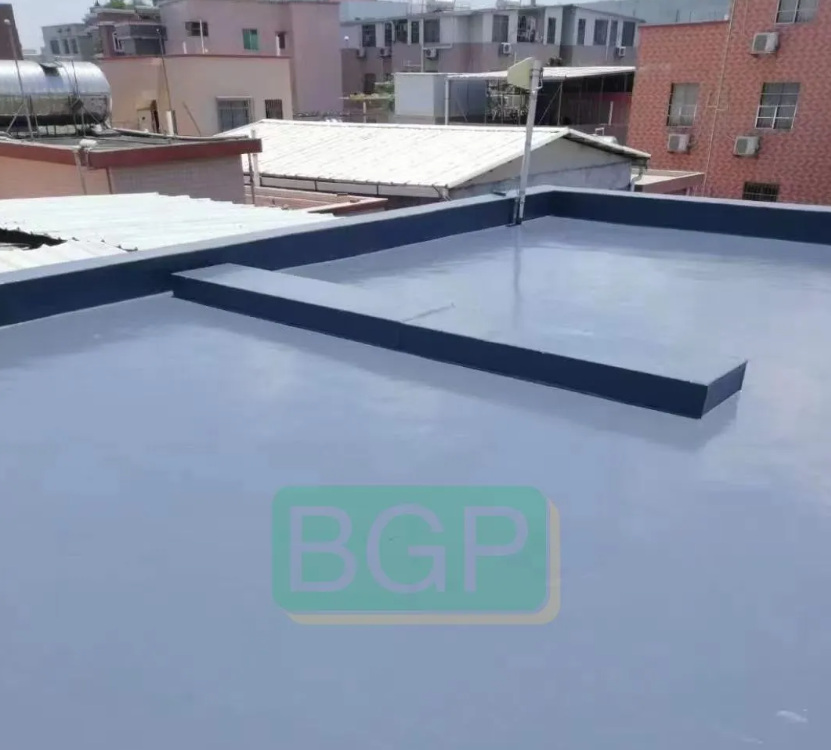Industrial Paint vs. Decorative Paint: A Comparative Analysis
Paint plays a significant role in transforming surfaces, protecting them, and enhancing their aesthetic appeal. Two broad categories of paint that cater to different purposes are industrial paint and decorative paint. While both types serve specific needs, there are notable differences between them. In this essay, we will compare industrial paint and decorative paint in terms of their properties, applications, and intended outcomes.

Industrial paint is specially formulated to withstand harsh conditions, provide corrosion resistance, and offer durability in demanding environments. It is designed to protect surfaces exposed to extreme temperatures, chemicals, moisture, and other industrial hazards. The properties of industrial paint, such as its adhesion, hardness, and resistance to abrasion, are essential for its protective function. It is commonly used on structures, machinery, equipment, and infrastructure in industries such as manufacturing, oil and gas, automotive, and aerospace.
On the other hand, decorative paint focuses on enhancing the visual appeal of surfaces and creating aesthetically pleasing environments. Decorative paint comes in a wide range of colors, finishes, and textures to suit various design preferences. Its purpose is primarily to beautify interior and exterior spaces, including homes, offices, retail spaces, and public buildings. Decorative paint is typically used on walls, ceilings, furniture, and other surfaces where visual appeal is important.
In terms of application, industrial paint often requires specialized techniques, equipment, and surface preparation. It may be applied using methods like spray painting, powder coating, or electrostatic coating to achieve the desired protective properties. Surface preparation, such as cleaning, sanding, and priming, is crucial to ensure proper adhesion and longevity of the industrial paint. The focus is on creating a durable and functional coating that can withstand harsh conditions and protect the underlying substrate.
Decorative paint, on the other hand, is more commonly applied using traditional methods such as brush or roller. It can be easily applied by individuals with minimal training and equipment. Surface preparation for decorative paint may involve minor repairs, cleaning, and priming, but the emphasis is primarily on achieving the desired aesthetic outcome. The goal is to create visually appealing surfaces that enhance the overall ambiance of a space.
The choice of materials and additives used in industrial paint and decorative paint also differs. Industrial paint often contains specialized components such as corrosion inhibitors, UV stabilizers, and fire retardants to provide enhanced protection and performance. It may also undergo rigorous testing and certification to meet industry-specific standards and regulations. Decorative paint, on the other hand, focuses on color pigments, binders, and additives that provide visual effects, durability, and ease of application. The emphasis is on achieving vibrant colors, smooth finishes, and resistance to everyday wear and tear.
While industrial paint primarily serves a functional purpose, it can also have decorative aspects. For example, industrial structures or machinery may require color coding or labeling for safety or identification purposes. In such cases, the paint used may combine both functional and decorative properties.
In summary, industrial paint and decorative paint serve distinct purposes in the realm of coatings. Industrial paint prioritizes protection, durability, and performance in demanding industrial environments. On the other hand, decorative paint focuses on visual appeal, ambiance, and creating aesthetically pleasing spaces. The choice between industrial paint and decorative paint depends on the specific requirements and desired outcomes of a project. Whether it's protecting machinery from corrosion or adding a touch of color to a living room, both types of paint have their unique roles in meeting diverse needs.
For more information, please contact Foshan Raywin

Comments